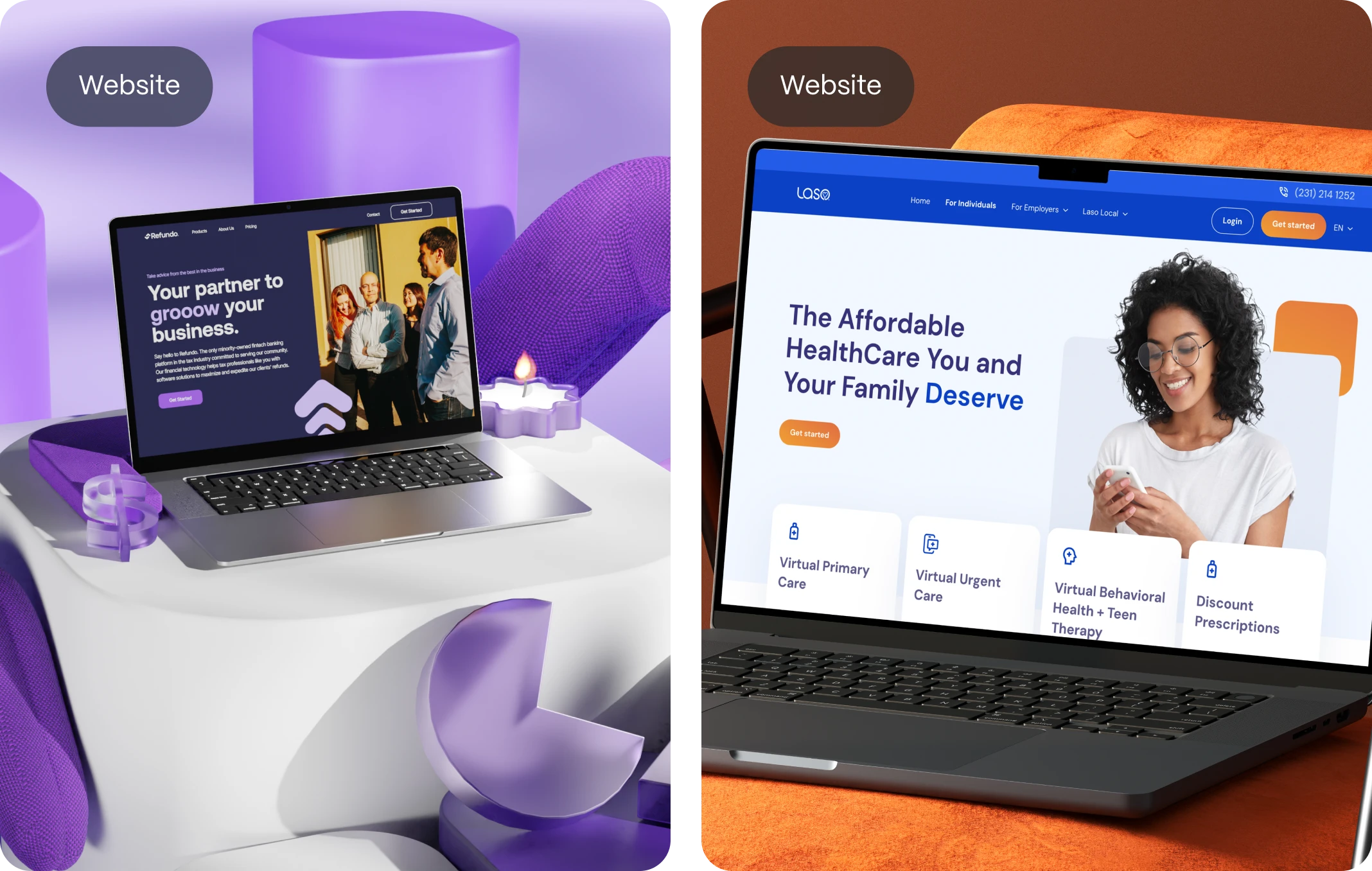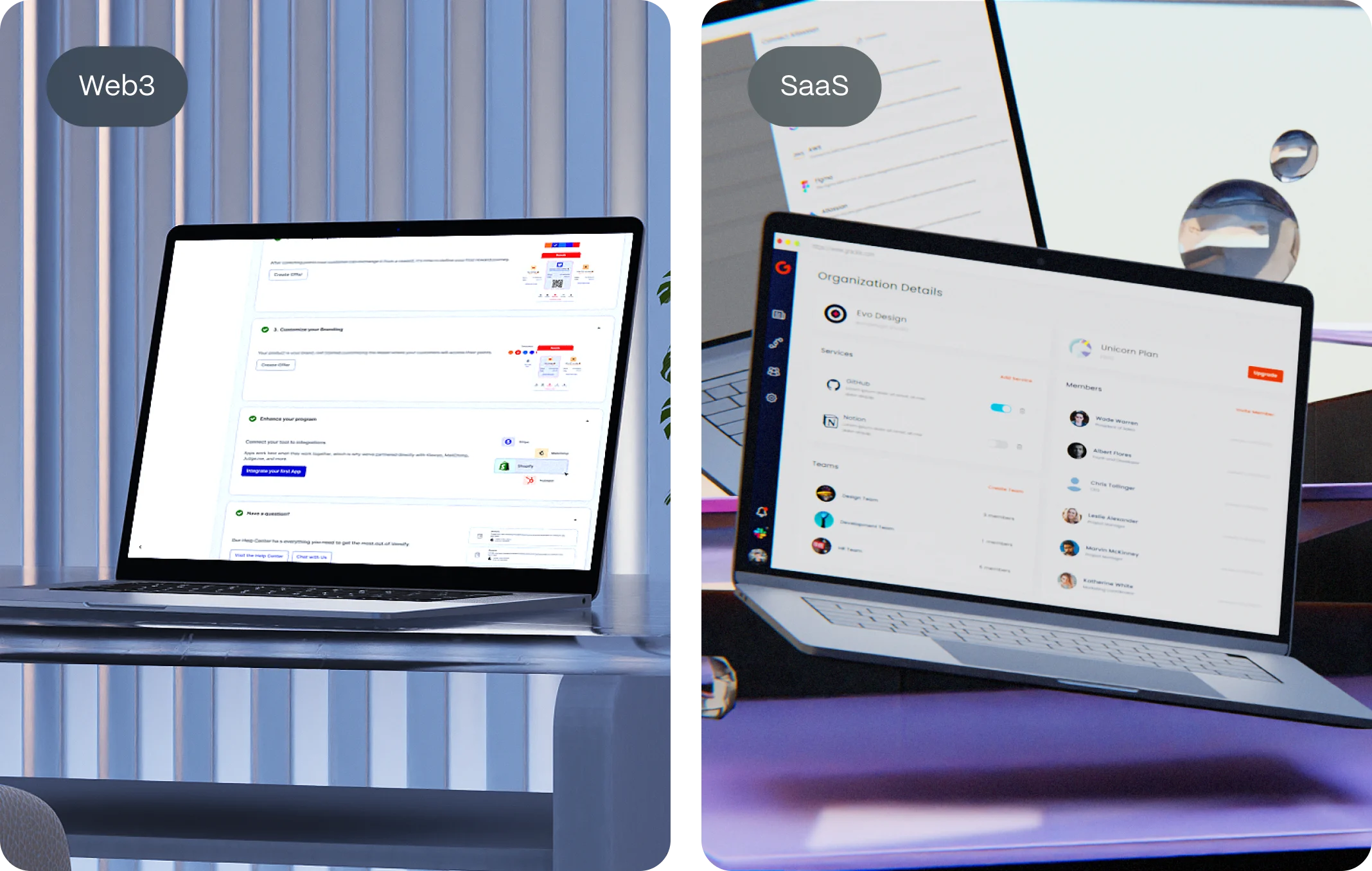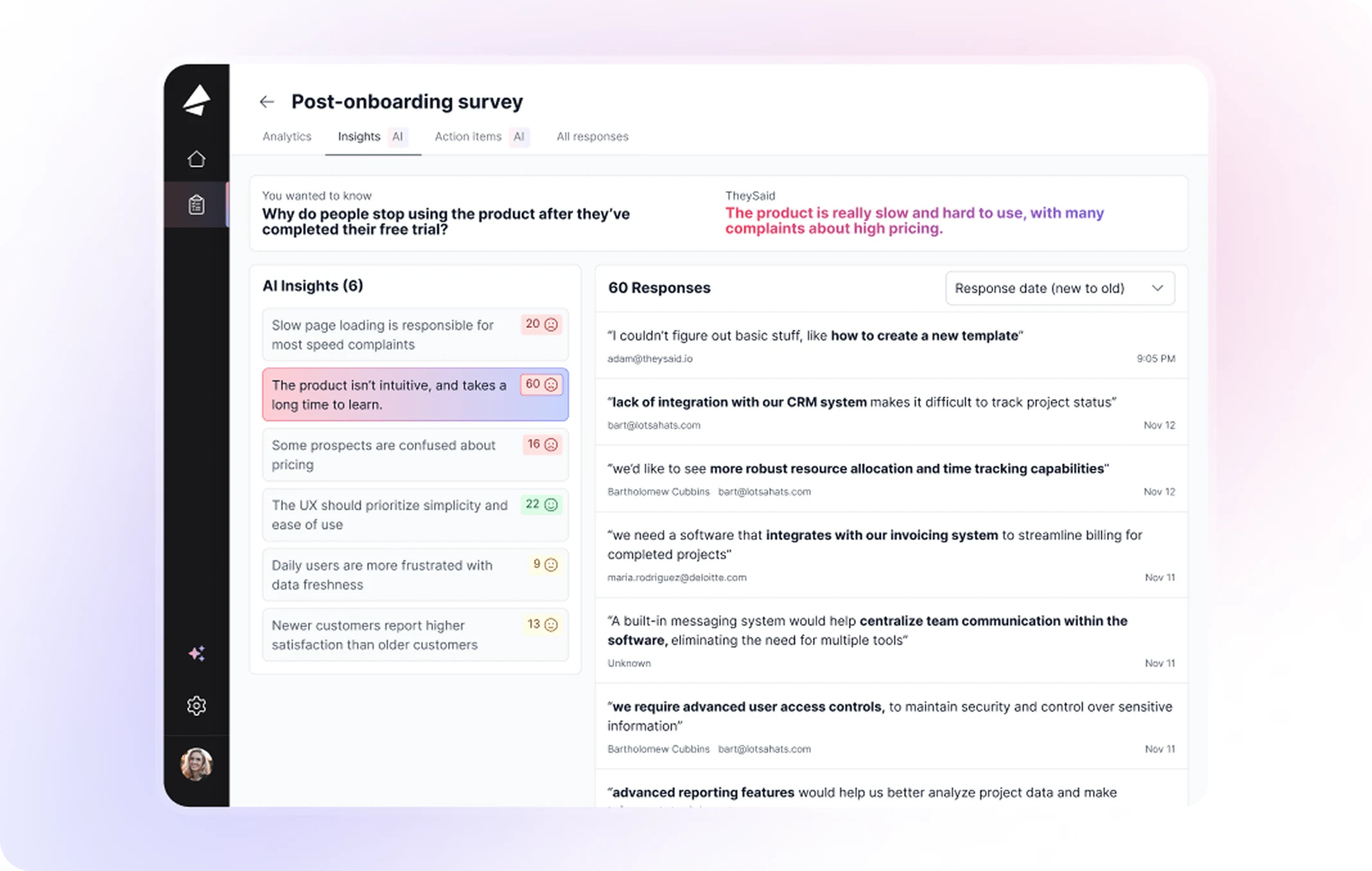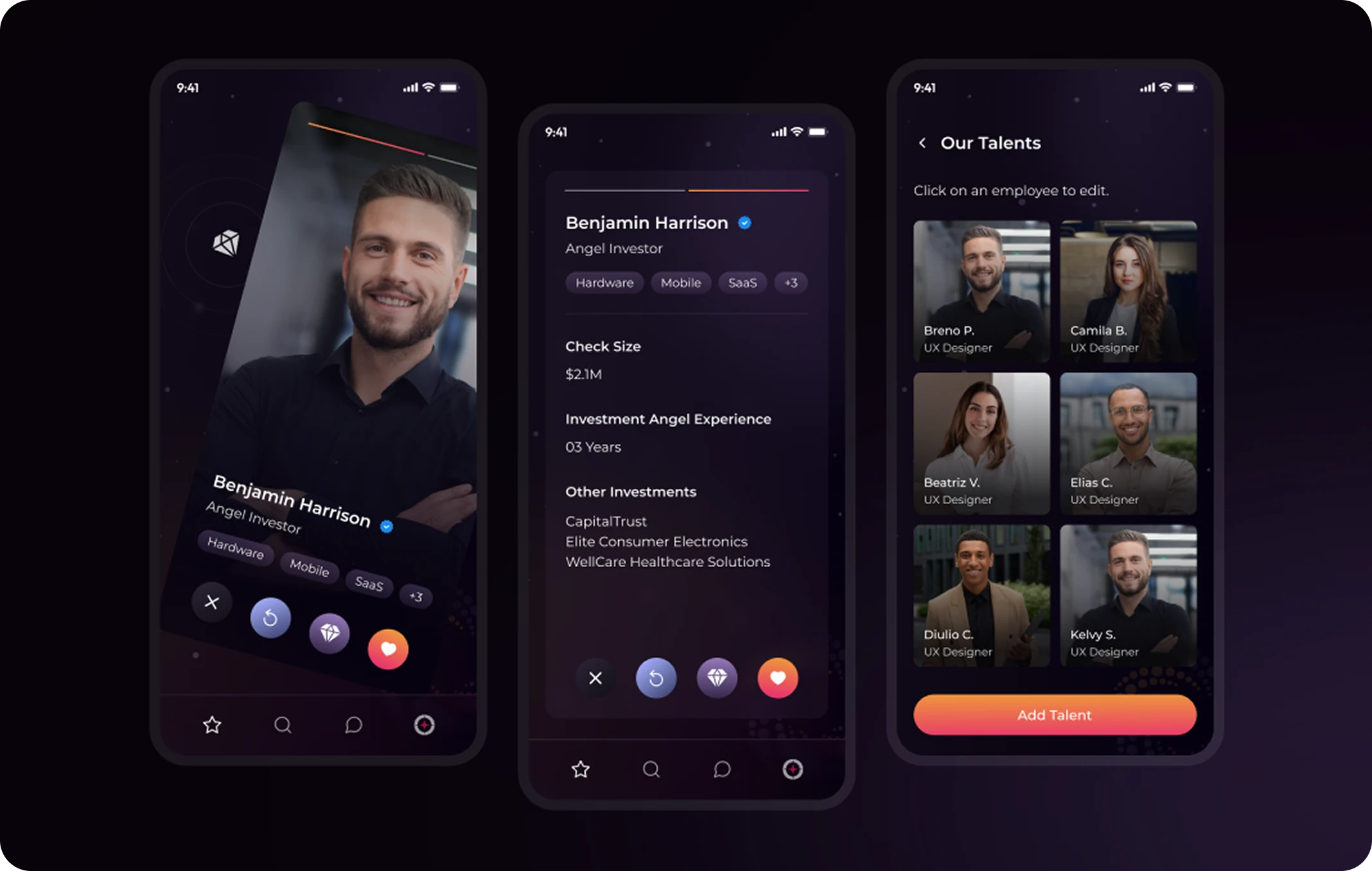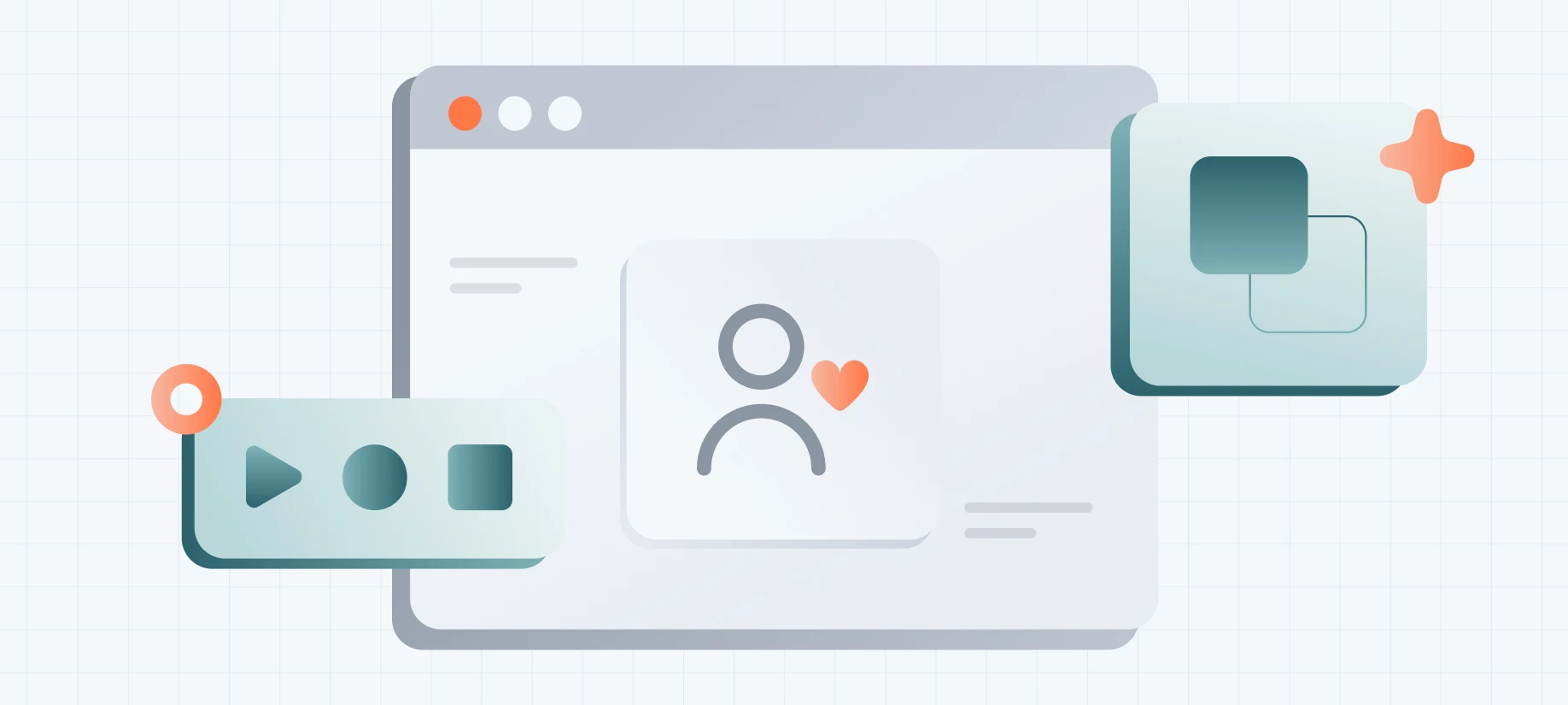For startups aiming to increase sales and gain market traction, a well-executed UX Research Process can be the differentiator. This guide delves deep into the UX Research process, offering actionable insights and best practices to help you design user-centric products that resonate with your audience.

Introduction to UX Research Process
User Experience (UX) research is the systematic study of users to understand their behaviors, needs, and motivations through observation techniques, task analysis, and other feedback methodologies. For startups, integrating UX Research into the product development cycle ensures that the end product aligns with user expectations, leading to increased satisfaction and loyalty. To understand more about how UX/UI impacts startups, read about how UX/UI design drives business growth.
Step 1: Define Clear Research Objectives
Before diving into research, it’s crucial to establish clear objectives. Ask questions like:
- What problems are we trying to solve?
- What information do we need about our users?
- How will this research inform our design decisions?
Clear objectives guide the Research Process, ensuring that efforts are focused and results are actionable.
Step 2: Choose the Right Research Methods
Selecting appropriate research methods depends on your objectives, timeline, and resources. Common UX Research methods include:
- User Interviews: Gain in-depth insights into user behaviors and motivations.
- Surveys: Collect quantitative data from a larger audience.
- Usability Testing: Observe users as they interact with your product to identify pain points. You can enhance your website by understanding website usability through heuristic evaluations.
- A/B Testing: Compare two versions of a product to determine which performs better.
Combining qualitative and quantitative methods often yields the most comprehensive insights.
Step 3: Develop a Comprehensive Research Plan
A well-structured research plan outlines the scope, methodology, and logistics of your study. Key components include:
- Objectives: Restate your research goals.
- Methodology: Detail the chosen research methods.
- Participant Criteria: Define the demographics and characteristics of your target users.
- Timeline: Set clear milestones and deadlines.
- Budget: Allocate resources for tools, incentives, and other expenses.
This plan serves as a roadmap, keeping the Research Process organized and efficient.
Step 4: Recruit Suitable Participants
Identifying and recruiting participants who represent your target audience is vital. Consider:
- Demographics: Age, gender, location, etc.
- Behavioral Traits: Shopping habits, tech-savviness, etc.
- Psychographics: Values, interests, lifestyles.
Utilize screening surveys to ensure participants align with your criteria. Offering incentives can also boost participation rates.
Step 5: Conduct the Research Effectively
During the research phase:
- Prepare Materials: Ensure all tools, scripts, and questionnaires are ready.
- Create a Comfortable Environment: Make participants feel at ease to gather genuine responses.
- Record Sessions: With consent, record interactions for later analysis.
- Stay Neutral: Avoid leading questions or reactions that might influence participants.
Effective execution ensures the data collected is reliable and valuable.
Step 6: Analyze and Interpret Data
Post-research, analyze the data to extract meaningful insights:
- Identify Patterns: Look for recurring themes or issues.
- Prioritize Findings: Determine which insights have the most significant impact.
- Develop Personas: Create user profiles to represent different segments of your audience.
- Map User Journeys: Visualize the steps users take when interacting with your product. Consider mastering customer journey maps to get a better understanding of the user perspective.
This analysis informs design decisions and highlights areas for improvement.
Step 7: Present Findings and Implement Changes
Communicate your findings to stakeholders through:
- Detailed Reports: Document methodologies, findings, and recommendations.
- Presentations: Use visuals to convey insights effectively.
- Workshops: Engage teams in collaborative sessions to brainstorm solutions.
Implement changes based on the research, and consider iterative testing to refine the product further.

Best Practices for UX Research Process
- Continuous Research: Integrate research throughout the product lifecycle.
- Stakeholder Involvement: Engage team members from various departments.
- Ethical Considerations: Ensure participant privacy and data security.
- Tool Utilization: Leverage tools like Hotjar, Maze, or UserTesting for efficient research. For a list of useful tools, check our article about tools for UX/UI design.
Adhering to best practices enhances the quality and impact of your UX Research.
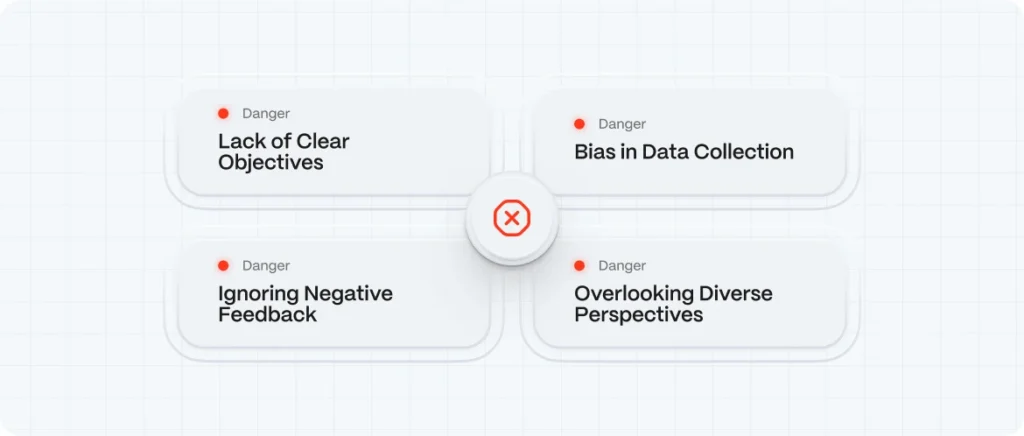
Common Pitfalls and How to Avoid Them
- Lack of Clear Objectives: Always start with well-defined goals.
- Bias in Data Collection: Maintain neutrality to gather authentic insights.
- Ignoring Negative Feedback: Embrace criticism as an opportunity for improvement.
- Overlooking Diverse Perspectives: Ensure participant diversity to capture a broad range of insights. Also, remember the importance of accessibility in UX design.
Being aware of these pitfalls helps in conducting effective and unbiased research. Understanding UX design backed by data can lead to more informed decisions and strategies.

